Differentiating Between Regulated and Unregulated Waste
Introduction
In the healthcare industry, proper management of medical waste is of utmost importance to ensure the safety of patients, healthcare workers, and the environment. Regulated Medical Waste (RMW) and Unregulated Medical Waste (UMW) are the two broad categories of medical waste. In this blog post, we’ll delve into the differences between these two categories and explore the various types of medical waste to better understand their disposal requirements.
Regulated Medical Waste (RMW)
Regulated Medical Waste (RMW) constitutes approximately 10% to 25% of healthcare waste. This type of waste requires special handling and disposal procedures due to its potential to harm individuals or contaminate the environment. RMW typically includes items that have come into contact with infectious materials, biohazardous substances, or potentially hazardous chemicals.
Examples of RMW include:
- Infectious Waste: Materials used to collect or store waste that may carry infection, such as swabs, lab cultures, and contaminated laboratory equipment.
- Sharps: Objects used to puncture the skin and come in contact with biohazard substances, like needles, syringes, scalpels, and other medical tools.
- Pathological Waste: Samples taken from patients for lab analysis, including bodily fluids (urine, stool samples), tissues, and blood.
- Radioactive Waste: Materials used in radiotherapy procedures, lab research, or contaminated glassware.
- Chemical Waste: Waste containing solvents, disinfectants, and expired lab reagents.
- Pharmaceutical Waste: Expired or unused vaccines, drugs, injectables, pills, and contaminated medicines.
- Cytotoxic/Genotoxic Waste: The most hazardous type, containing substances with mutagenic, teratogenic, or carcinogenic properties, often including cytotoxic drugs used in cancer treatment and their metabolites.
Unregulated Medical Waste (UMW)
Unregulated Medical Waste (UMW), also known as Healthcare General Waste (HCGW), makes up approximately 75% to 90% of healthcare waste. This type of waste is similar to typical household waste and consists of non-infectious items such as papers and plastics that have not come into contact with patients. Examples of UMW include:
- Office paper and wrappers
- Kitchen waste
- General sweeping waste
Conclusion
Understanding the difference between Regulated Medical Waste (RMW) and Unregulated Medical Waste (UMW) is crucial for proper waste management in healthcare facilities. RMW requires special care and disposal methods due to its potential risks to human health and the environment. On the other hand, UMW disposal follows municipal waste regulations.
By correctly categorizing and disposing of medical waste, we can ensure a safer and healthier environment for everyone. Healthcare professionals and facilities must remain vigilant in adhering to the proper procedures to minimize any potential hazards associated with medical waste disposal.







